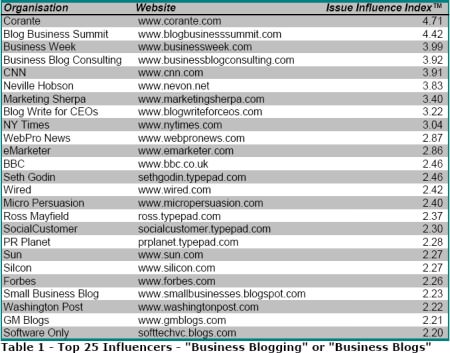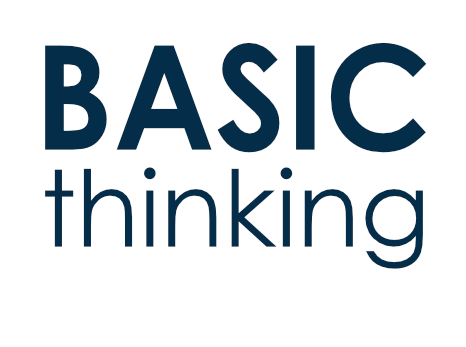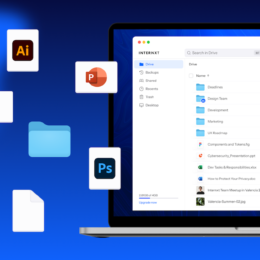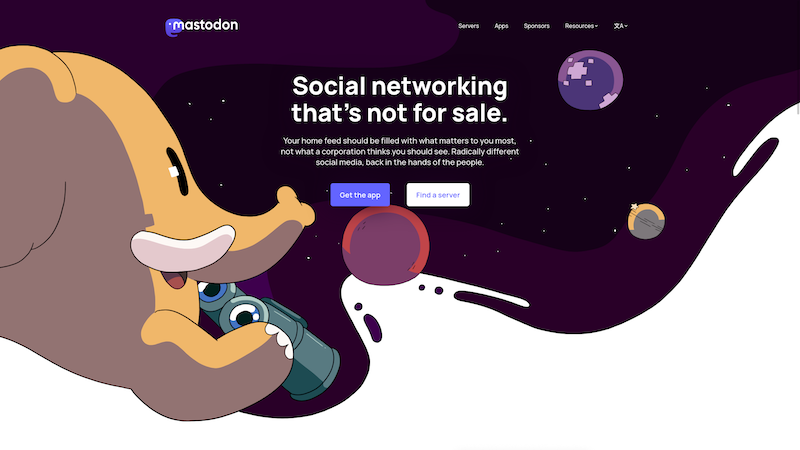Das Onalytica Blog geht auf das immer wiederkehrende Thema der sog. A-Blogs ein bzw. genauergesagt, wie man nun Einfluss von Linkpopularität unterscheiden kann. Im Artikel Who are the most influential authorities on „Business Blogging“??. Onalytica? At Onalytica we are specialists in measuring and monitoring who has influence on issues, brands and companies. We provide clients in the public and private sector with hard facts that enable them to better understand the playing field; more effectively bring their messages to market and quite simply, increase their influence.
Damit dürfte schon eigentlich alles gesagt sein, was das Thema Linkpopularität:
When Technorati ranks blogs they count the number of link sources pointing to a blog. So a blog that has 10 inbound links has higher rank than one that has 5 inbound links. So far so good. The blog with inbound links from 10 different sources is clearly more popular than the one with 5 link sources. However, when they use this measure of popularity as „authority“? they are stretching it too far. David Letterman may be popular when it comes to the topic of US national politics, but few would call him an authority on the topic.
Autorität aber? Wie ist das Onalytica? Akademiker können sich es denken:
In the academic community there is no real debate about how to measure influence. For more than 3 decades academics have used something called „citation analysis“? to measure the influence of academic journals, researchers and universities…. To make influence measurements operational (and relevant) they have to be tied to a context (or brand, company, etc.). This is achieved by extracting only those references that are made in the relevant context of focus. When calculating influence we make the basic assumption that a person references another person if the former thinks the latter is relevant to the context.
Und die praktische Vorgehensweise:
In this case our search criterion was to look for documents (web pages, blogs, pdf files, documents) that either contained the phrase „business blogging“? or „business blog“?. Using our own issue focused internet crawlers any document matching the issue was downloaded and analysed for references. … The references are extracted from the documents and after some semi-manual consolidation and statistical filtering they are transformed into a massive system of simulation equations, consistent with Leontief“s directions. [LOL… ja… hier kommt die Schwarze Box und es geschieht ein Wunder :] Once the equations are solved we have, viola, the relative influence of each stakeholder of the issue. We term this metric Issue Influence Index“¢.
Wie dem auch sei, anbei deren Ergebnis (pdf, 100 kb), wer denn the most influental business blogger sind:

The Issue Influence Index“¢ is a relative and linear measure of influence. It ranges from 1, which can be interpreted as „very little influence, but still more than no influence“? and upwards. An organisation with an index of 4 has twice the influence of someone with an index of 2.
via Micro Persuasion











